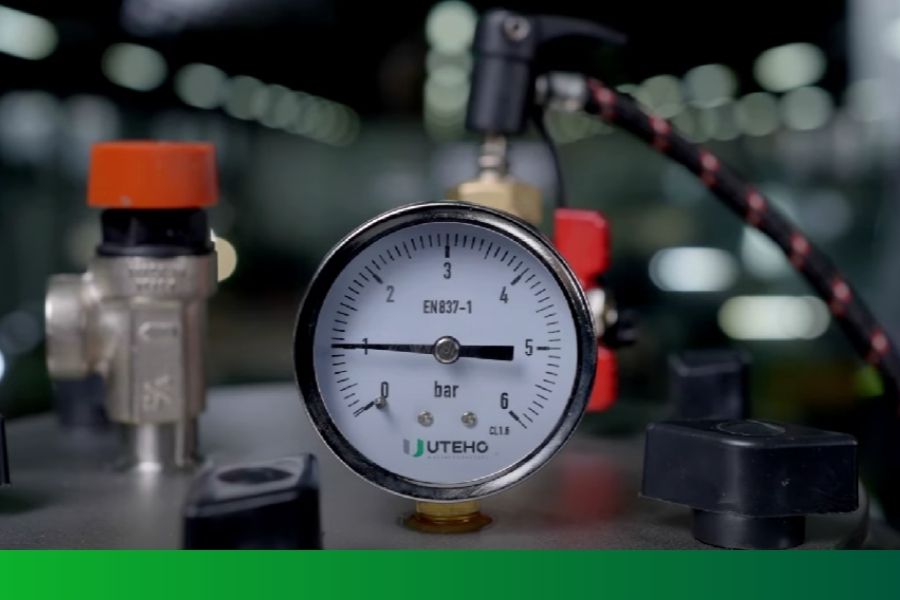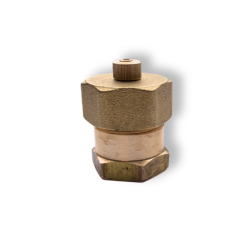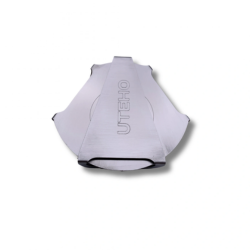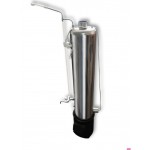
Pressure in the autoclave — in simple terms
Pressure
Temperature

Products for autoclaving:
What pressure should be in an autoclave?
How an autoclave works
One of the key parameters that determines the success of every sterilization is the pressure inside the autoclave. In this article, we explain it in simple terms: why it rises, when you need to pump the initial pressure in the autoclave, what the norms are in different modes, and how all of this is related to temperature.
Why the pressure in an autoclave rises
- Temperature — the higher the temperature, the higher the pressure.
- Heating rate — the faster the autoclave is heated, the faster the pressure rises.
- Volume of air — the larger the air gap between the water and the autoclave lid, the lower the pressure. The smaller the air gap, the higher the pressure.
.jpg)
When is a starting pressure of 1 atm required
- Required for: glass jars with SKO lids, tin cans. Pumping the starting pressure guarantees the lid will not deform and the jar will stay airtight.
- Not required for: glass jars with twist-off lids, retort pouches. This packaging remains hermetically sealed even without the starting pressure.
.jpg)
What pressure should an autoclave have in water mode
- If the initial pressure was created → in the range of 3.5 – 4.5 atm as soon as the working temperature is reached.
- If no initial pressure was pumped → 1.7 – 2.5 atm.
.jpg)
Standards for the “steam” mode
.jpg)
How to control temperature and pressure
.jpg)
What to do if the pressure rises above 6 atm?
.jpg)
Final pressure indicators
- If a starting pressure was used → the pressure should be around 1 atm.
- If it was not → the gauge returns to 0 atm.
.jpg)
Temperature and pressure in an autoclave
Now you know what pressure should be in an autoclave in different modes, why “temperature and pressure in an autoclave” always go hand in hand, when a starting pressure is needed, and how the safety valve works. Follow these simple recommendations from Uteho — and your preserves will always be safe and tasty.
30.06.2025

Uteho
Don’t forget to subscribe to our channel so you never miss new and interesting videos, get useful autoclaving tips, and discover exciting recipes for your autoclave.







-250x250.webp)




